A must-visit place for history lovers! One-day course to learn Japanese history in Inagawa
About one hour from Osaka City by public transportation, the Inagawa Historical Road in Inagawa Town is a collection of different attractions where you can see and enjoy many aspects of Inagawa Town’s history. You can travel between the attractions by car, bus, or taxi. Some are walkable as well, so make sure to plan ahead!
The first stop is the Inagawa Municipal Folk Museum. It houses many historical objects that can satisfy people with varying interests. Inside the museum, you can find Ichiebisu Daikokuten Statue by the famous Edo period priest, Mokujiki Shonin, carved at the age of 90. In lieu of being able to touch the carving itself, computers are set up nearby so guests can interact with full 3D models. In addition to this, you can also find farm tools that were used up until the middle of the 20th century, school report cards from the Edo period, information about farming and sake making, and other aspects of life in the past.
The museum is near an expansive property where you can find a variety of different trees and flowers. There are cherry blossom trees that will further enhance your visit in the spring.
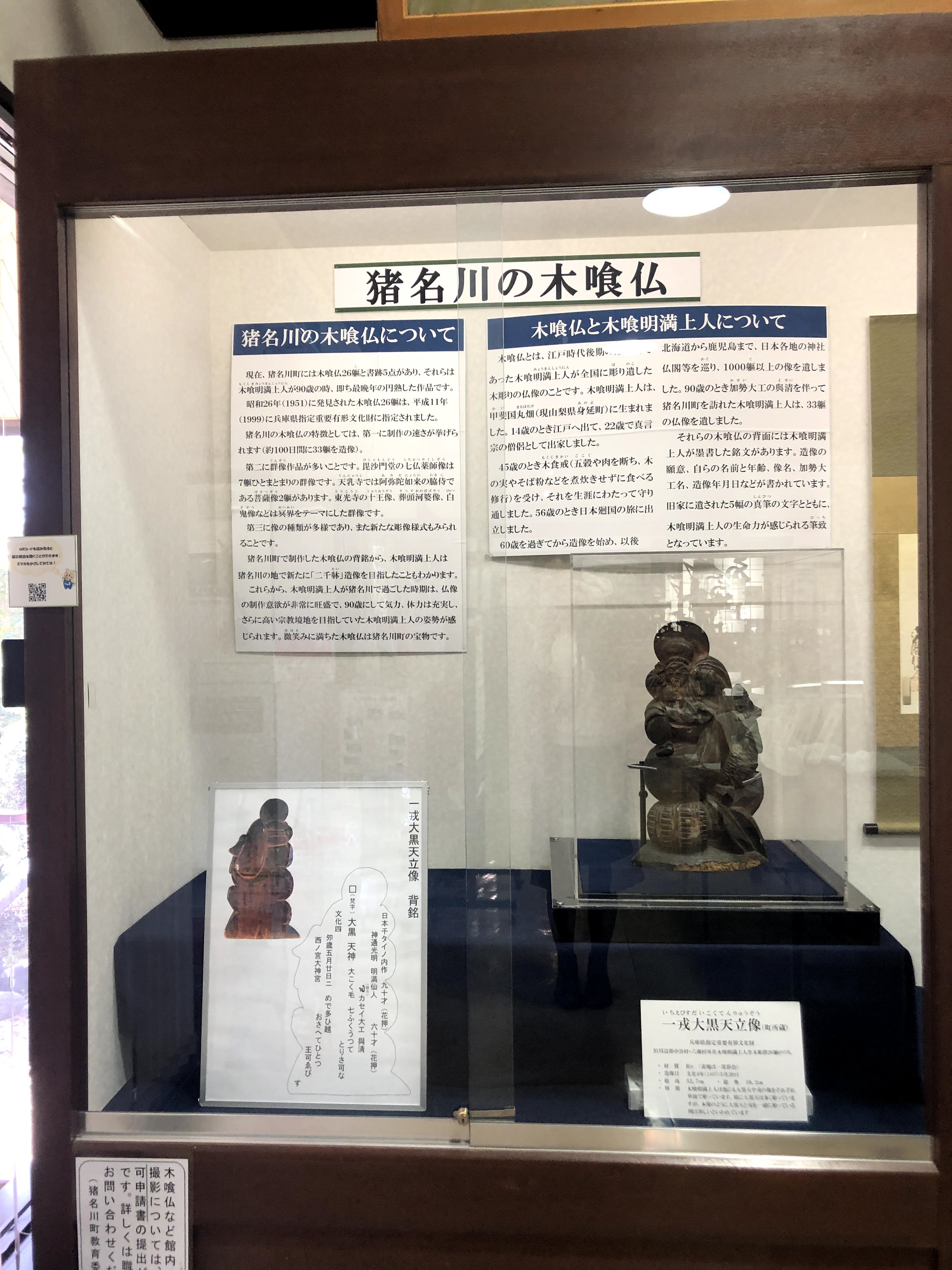
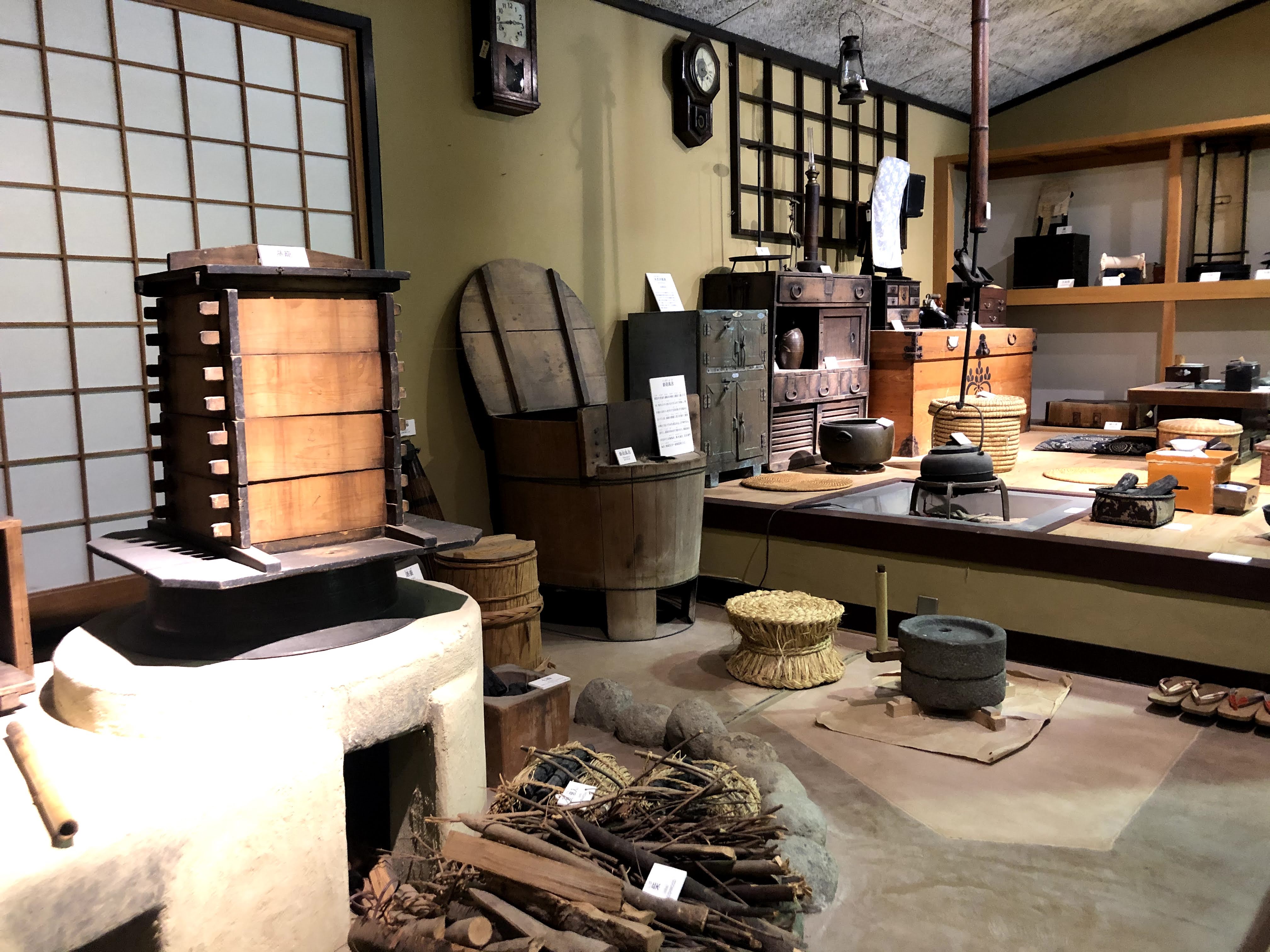
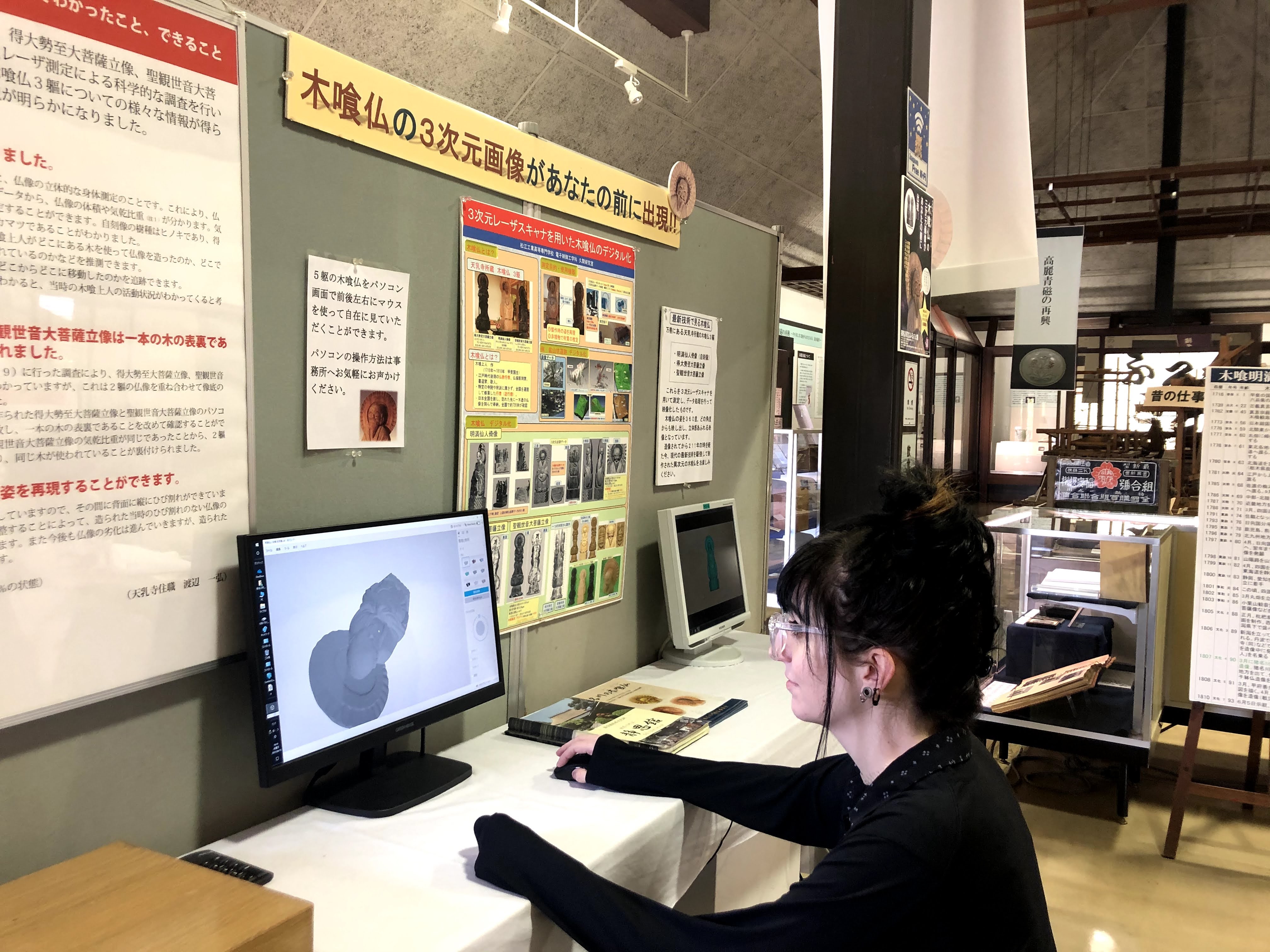


Next, head down the road to bustling Roadside Station Inagawa. Famous for soba noodles, the facility offers a soba making experience at their “Inasoba Fresh Flour Making Experience Dojo” (reservation required). You can also eat already prepared juwari-soba noodles, which are made from 100% buckwheat, at their on-site restaurant “Soba no Yakata.” The noodles are made there, and the restaurant itself is extremely popular with the locals. If you are a sweets lover, try some dessert at the stand outside. Made with ingredients from Inagawa Town, fresh mochi and soba flavored ice cream are available to challenge your taste buds. In the shop next door, consider buying some exclusive souvenirs such as goods of Inagawa’s mascot character Inabo, pottery made in the town, or some local snacks.


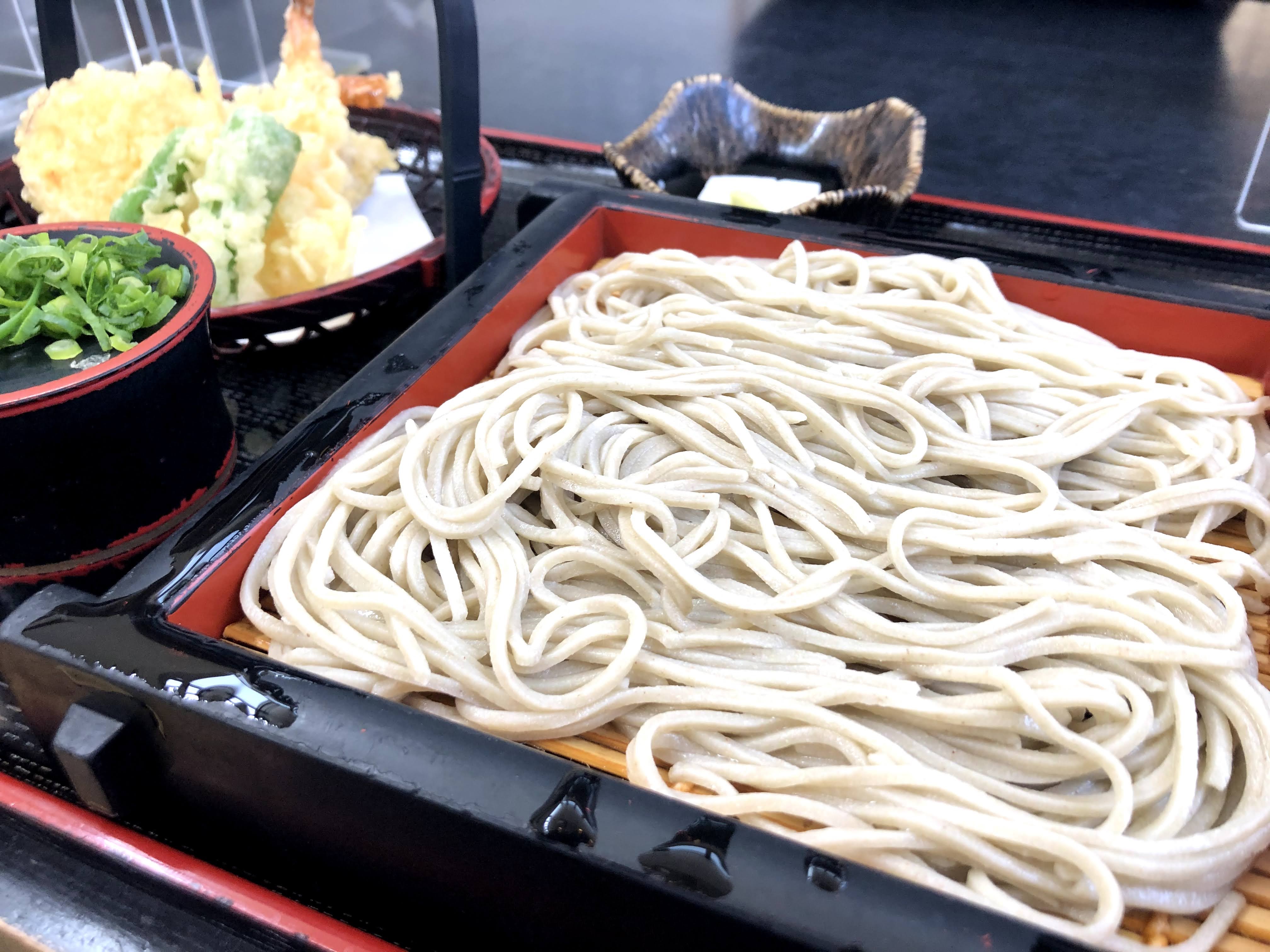
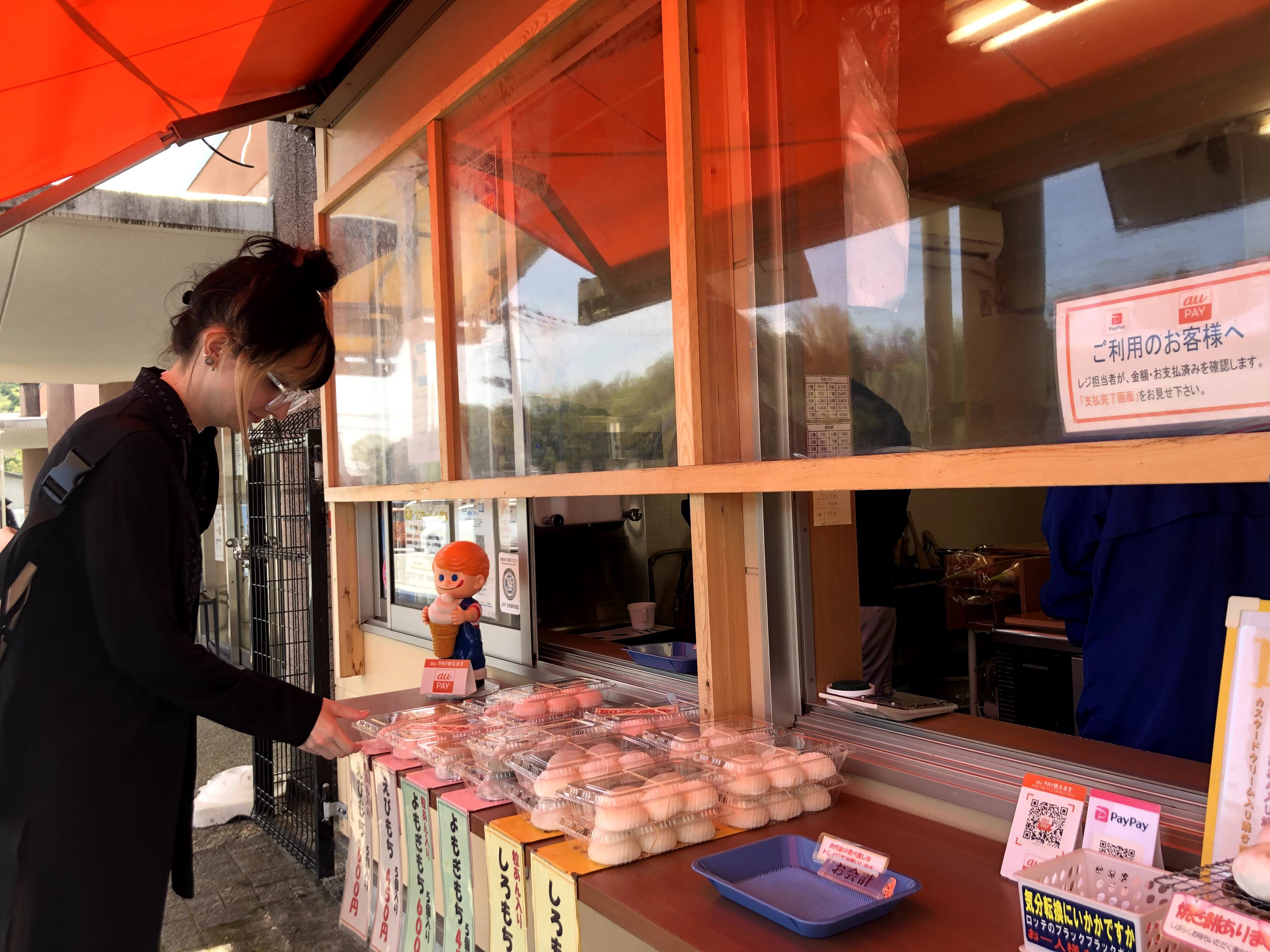
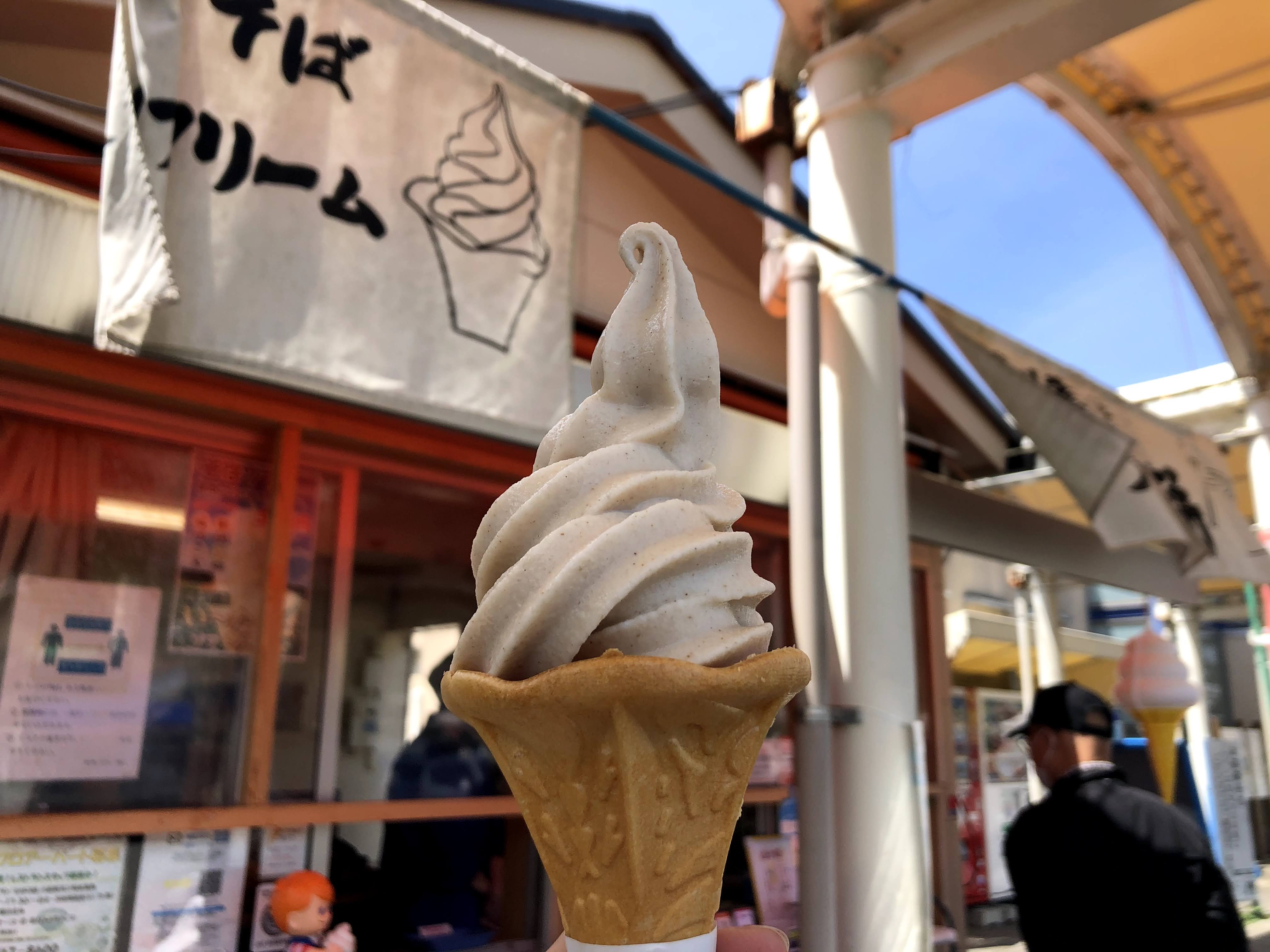
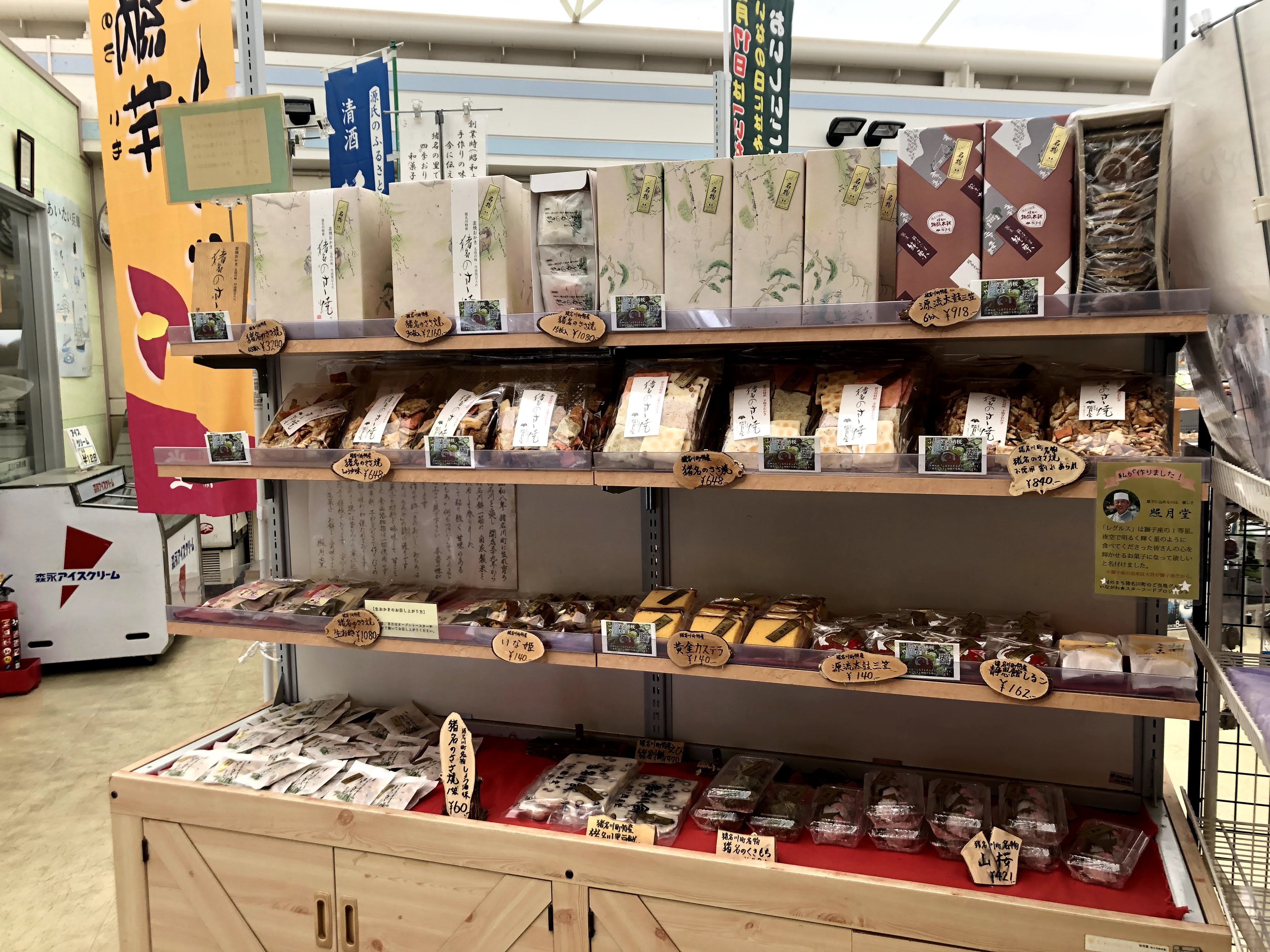
The next stop on the Historical Road is the National Historic Site, the Tada Silver and Copper Mine. This mine was under the control of Toyotomi Hideyoshi (feudal lord, 1537-1598) in the 1580s, and a magistrate’s office was set up in the middle of the 17th century after the silver vein was discovered. The museum houses various mining tools, maps, ores from the mines, and records and diaries from the time. It is cool inside the “Aoki Mabu,” the only mine shaft you can observe at the Tada Silver and Copper Mine, making it perfect for a short breather before moving on to your next destination.
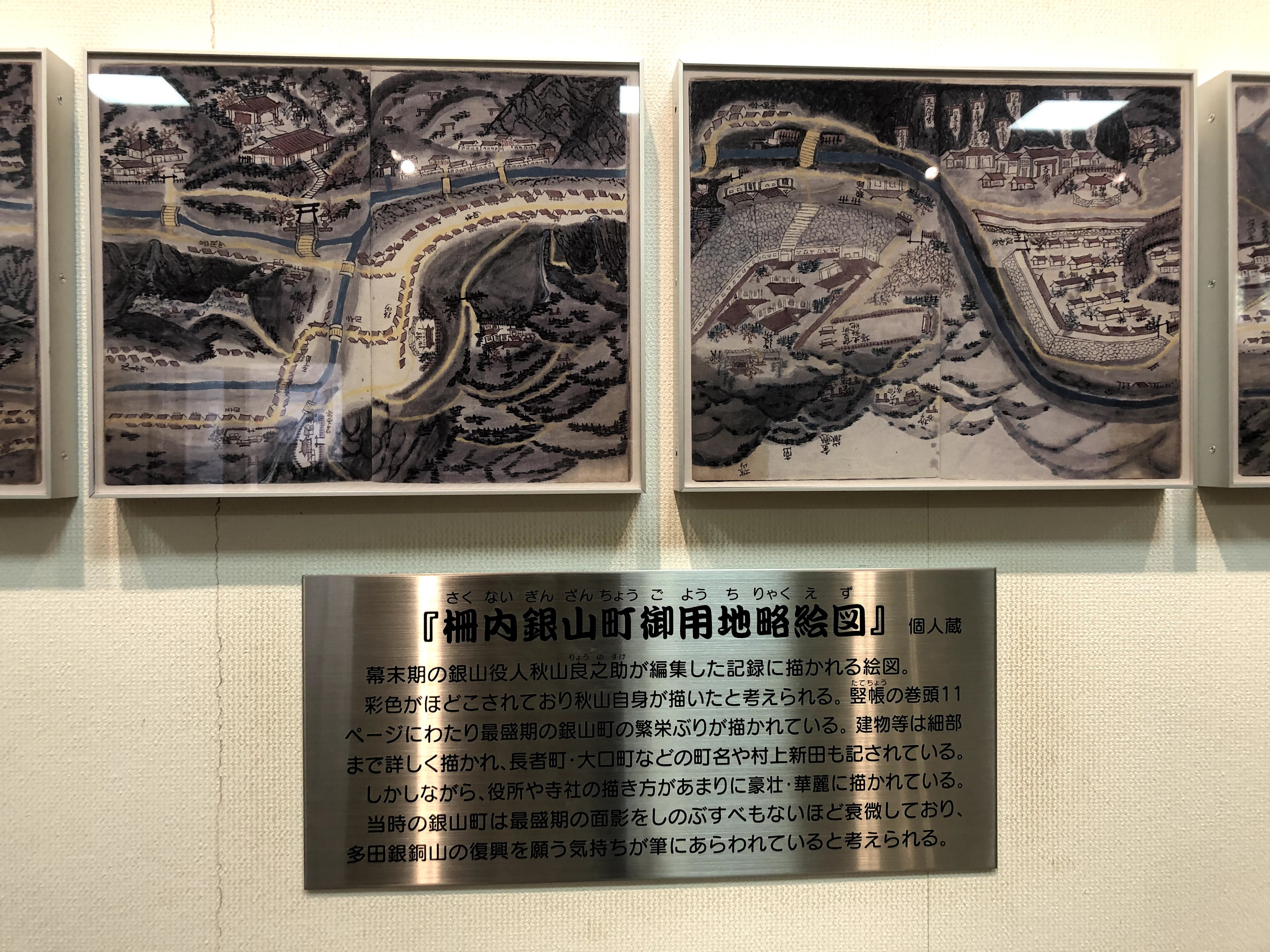
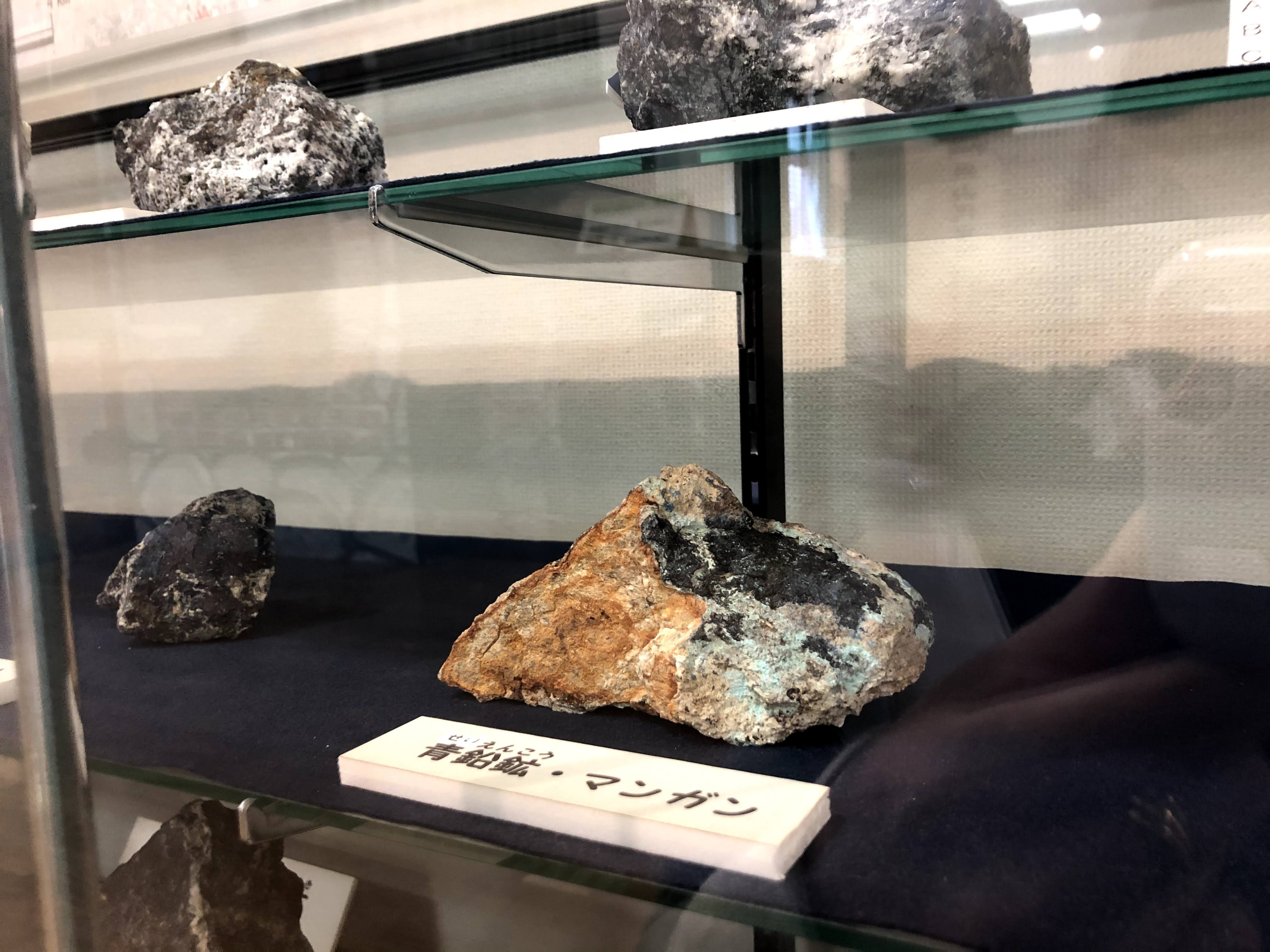

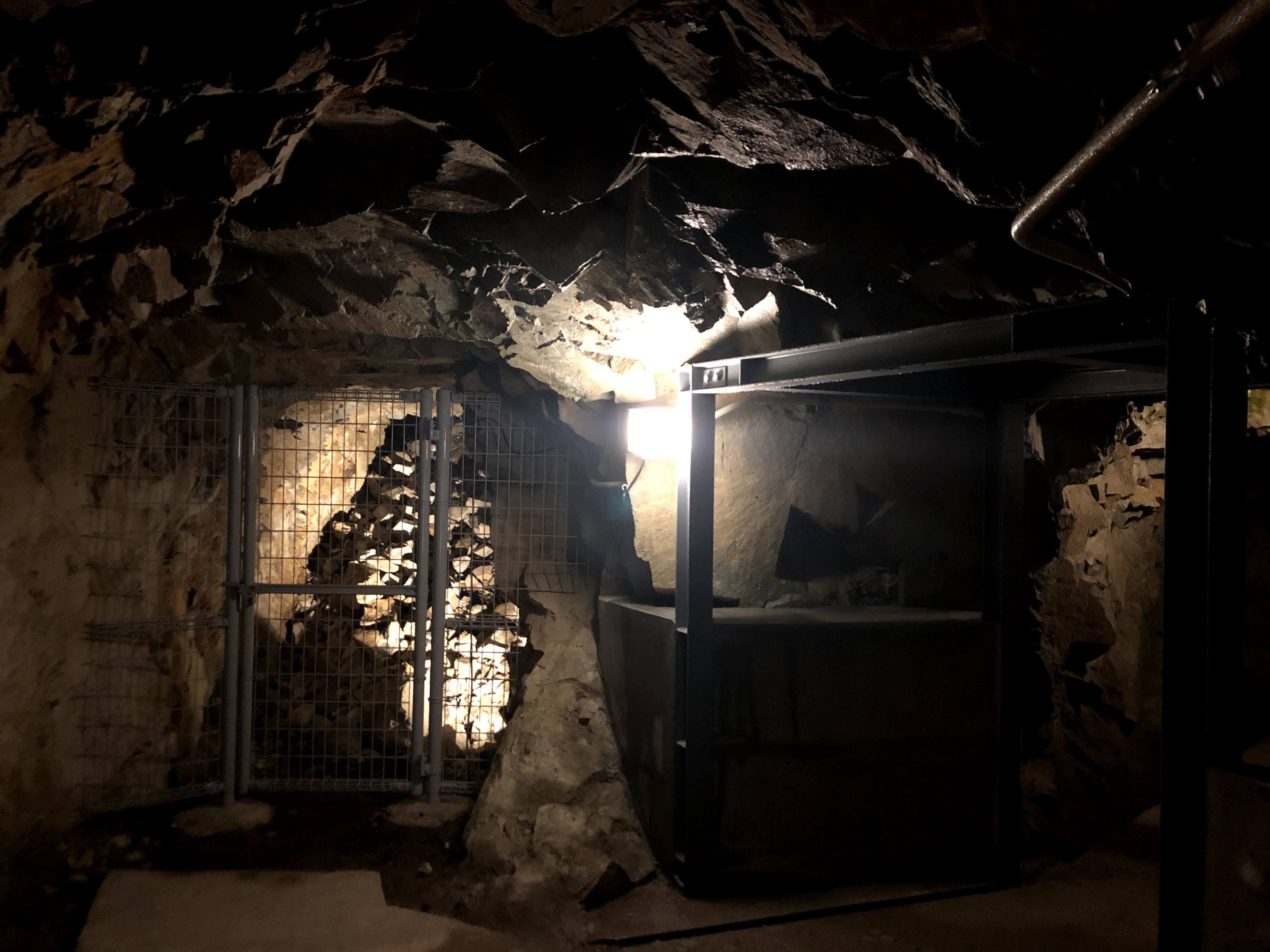

In the Ueno area of Inagawa Town, you’ll find the Seishikan. This museum is a house built over the course of three years starting in 1932 by Inagawa-native Kumasaku Tomita. The property spans a total of 2,505 meters sq., and the house itself is 534.3 meters sq. It is said that the construction cost was equivalent to 1 billion yen in today’s money (approx. 10 million USD). Now owned by Inagawa Town, the house has been preserved as-is and remains almost completely unchanged from the time of its construction. Take a peek into the lives of the rich in the early 1900s and the modern equipment and conveniences that were rare in those days when it was built.


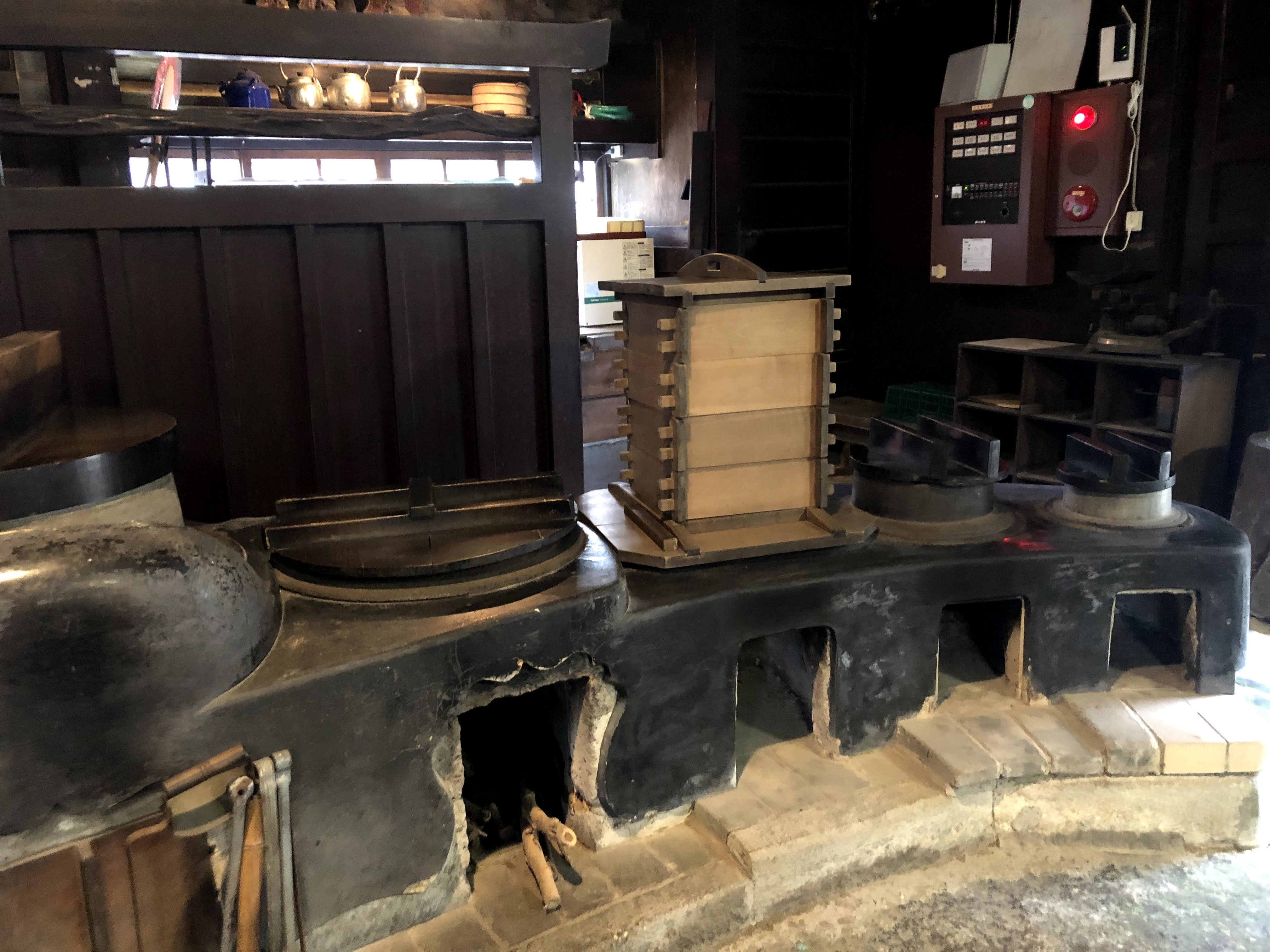
Consider returning to the Nose Electric Railway Nissei Chuo Station by way of the Sculpture Road located between Seishikan and the station. There are a total of three walking courses that all lead to/from the station. Representing the four seasons of Inagawa Town, you can find sculptures along the road, in the middle of the sidewalk, and in the nearby park. Cherry blossoms are beautiful in the spring.





Whether you’re looking to learn more about history or spend the day outdoors, a trip down Inagawa’s Historical Road is well worth your time.
 2023/03/29
2023/03/29- Takarazuka: A City of Dreams Come True























